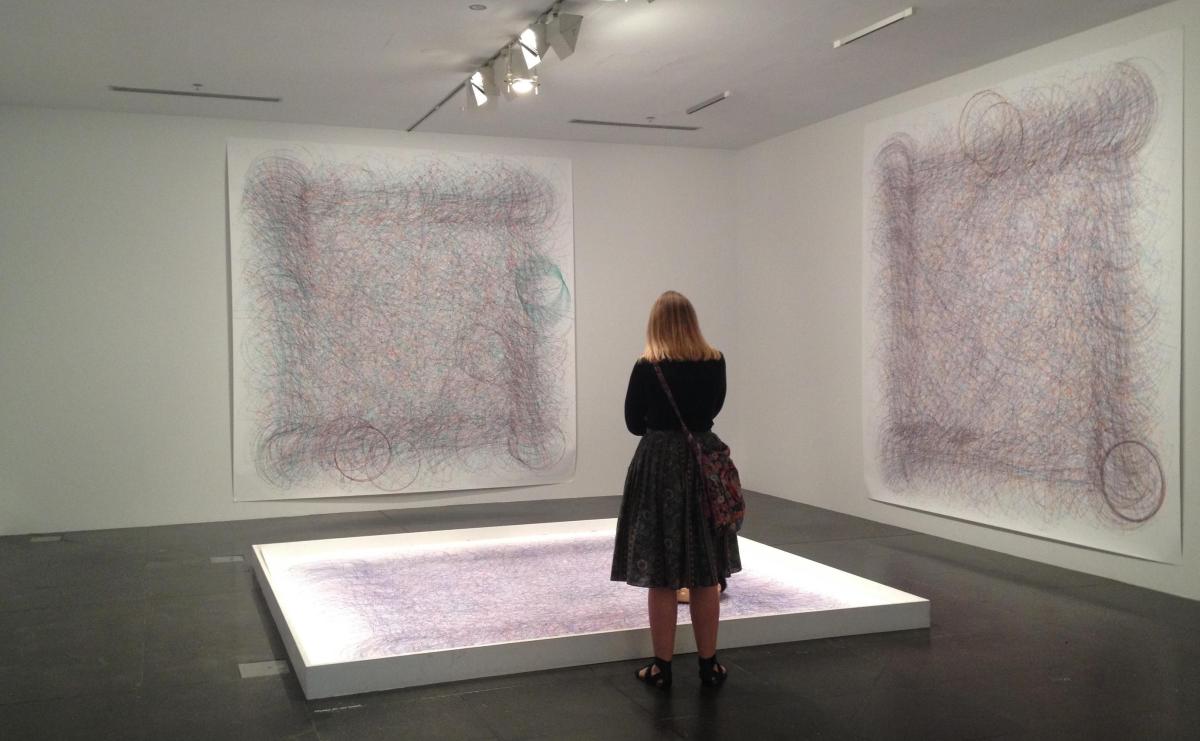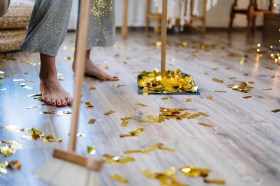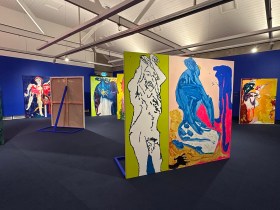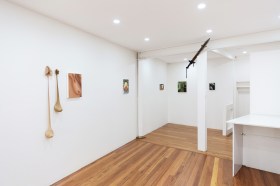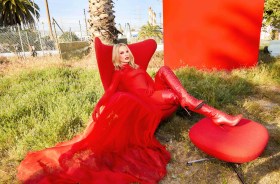Galleries have been among the first arts organisations to open their doors as the sector starts to emerge from the COVID-coma of isolation.
It has been a bleak few months, with countless exhibitions cancelled and programs reshuffled – the implications of which we are only just starting to come to terms with. With the announcement of the Federal Government’s $250 million relief package for the arts sector last week, there is a glimmer of hope that things might start to get back to normal.
But what does ‘normal’ look like in a post-COVID-19 environment?
Will things return exactly as they were pre-COVID times? Will we be a smaller sector? Will we be producing more with less? Will we be embracing new platforms, new ways of thinking – better operating models? Has the pandemic changed the way that curators work?
We asked four curators to gaze into their crystal balls and offer their views on where the visual arts sector might be in 12 months’ time. These are their predictions.
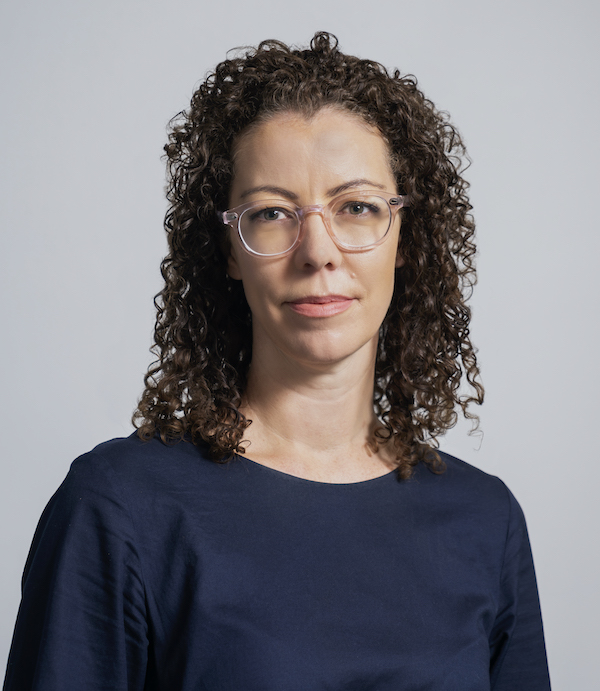
Angela Goddard. Image supplied.
Angela Goddard, Director, Griffith University Art Museum (QLD)
‘I think our world will have contracted – we are going to have a difficult global recession, and by this time next year we’ll know just how bad it is. Even now, people are really hurting, and things won’t improve quickly. Then again, I think that the arts sector is always having to fight for its existence.
‘Coming from the university sector as well as the visual arts has felt like a double blow. The proposed increases in university fees for humanities and the arts will change who goes to art school. It will change what students are thinking about, what they’re talking about, what they’re seeing and responding to.
‘Our team have been thinking more deeply about who makes up our community and audiences, and consciously working with and supporting them from a very local level outwards to the global context, is a driving motivation.
‘For us, acquisitions will be curtailed, as I imagine it will be for a lot of public institutions. This will throw the focus more on to exhibitions, perhaps changing what success looks like for artists.
For us, acquisitions will be curtailed, as I imagine it will be for a lot of public institutions.
‘Artists are always acutely attuned to change and the possibilities it brings. Artists will bring about new ways of encountering the world. On the one hand, we need artists to point to the inequality that Coronavirus has only amplified, and we all realise now that museums are not neutral spaces. On the other, I suspect that we will also seek out art as a solace to us.
‘We’ve all been forced on to our screens more, but seeing shows on a screen is not the same thing – I am craving real world encounters with art! I hope we will stream back into galleries and museums but it is likely this will be in a new way – with less interaction, less touching – which will change the way we design exhibitions.’
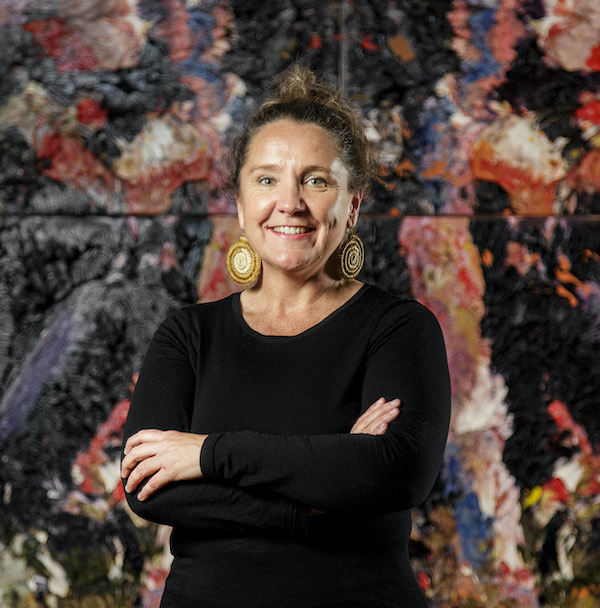
Lisa Slade. Photo Paul Steed.
Dr Lisa Slade, Assistant Director, Public Programs, Art Gallery of South Australia (SA)
‘Sadly, the art of scrying – or perceiving the future in a crystal ball – is not in the curator’s skill set! If only it was! But if this moment in history is anything to go by, the period ahead will continue to be challenging for art. The virus won’t kill art, but it will, and has, endangered artists. Perhaps this is of greatest concern for those who don’t even know that they are artists yet – the next generation of creatives. Hence the job of the curator right now is to protect today and tomorrow (and to keep radically rethinking the past).
‘What curators do have in their skill set is the ability to listen. At AGSA we are trying to do as much of this as possible and after listening to Aboriginal and Torres Strait Islander artists and communities from across the Country, we have decided that our Tarnanthi program will include a live art fair this year after all. We don’t know exactly what this looks like yet, but we will keep listening until we do.
The virus won’t kill art, but it will, and has, endangered artists. Perhaps this is of greatest concern for those who don’t even know that they are artists yet – the next generation of creatives.
‘A few years ago I curated a show called Sappers & Shrapnel, which positioned trench art – art made during wartime from the detritus of war – as proof of art’s necessity, proof that in our darkest hour we turn to art to make meaning from mess. COVID will prove to be a crucible for creativity too, but what is needed now is a broad embrace of art’s necessity.’
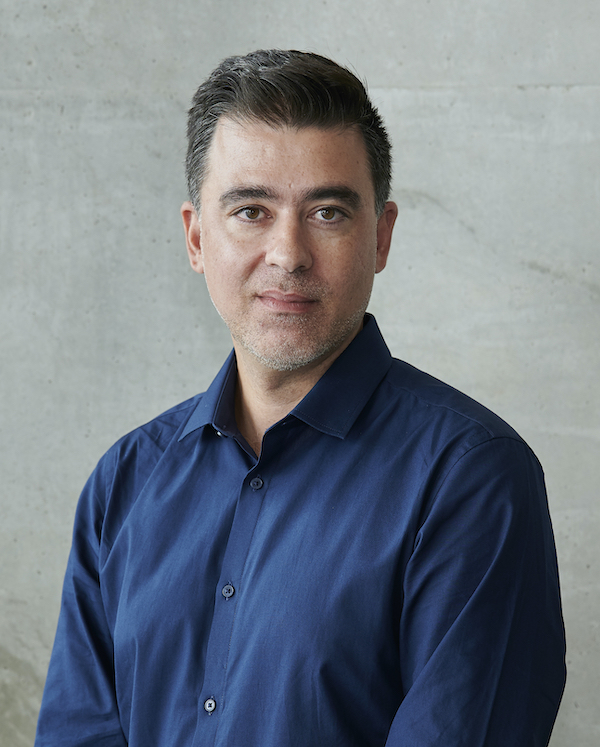
Pedro de Ameida. Photo Jaimi Joy.
Pedro de Almeida, Senior Curator, C3West, Museum of Contemporary Art Australia (NSW)
‘There’s a particular portmanteau word that has burrowed its way into my mind ever since COVID-19 and its shape-shifting effects struck, and that is ‘glocal’. Though it’s a word with an especially unendearing sound, if asked to sum up in a single word my predictions for the Australian visual arts sector 12 months from now that would be it.
‘As far as experiencing and participating in art is concerned, I suspect that our attention and activity will necessarily be far more local than global – and yet, that’s already a reductive way of looking at it.
‘More specifically from the perspective of the MCA’s C3West program, which has long placed person-to-person engagement in very localised community contexts across Western Sydney as paramount in conceptions of art and audiences, the local is always global and vice versa, given Western Sydney’s pre-eminence as home to more people from diverse cultural backgrounds than anywhere else in the country.
The local is always global and vice versa, given Western Sydney’s pre-eminence as home to more people from diverse cultural backgrounds than anywhere else in the country.
‘And when our idea of the local has narrowed so much and so quickly ever since “lockdowns” and social distancing measures picked up pace, any extension of the space [in which] we engage with one another is already a small gain in the new pandemic paradigm.
‘My approach as a curator working within a particular remit of artist-led community engagement is to start from a place that embraces uncertainty, not for its own sake but as a way of fostering agility in the thinking and doing of the work.
‘This means taking considered risks wherever they might lead (indeed, as many risks as I can get away with!); going deeper if not wider by employing C3West’s core mission to engender social impact when many in the community are under acute mental and financial stress; and, more than ever, ramping up our championing of the value that artists create in the drive to raise funding and support, especially from businesses who have vested interests in the wellbeing of communities.
‘None of us have a crystal ball, but ultimately I suspect the challenges we’re all facing in bringing art and people together, when bringing people together comes with an almost Orwellian set of guidelines, will bring surprising benefits to that dynamic we can’t yet predict. The trick is to survive and keep moving.’
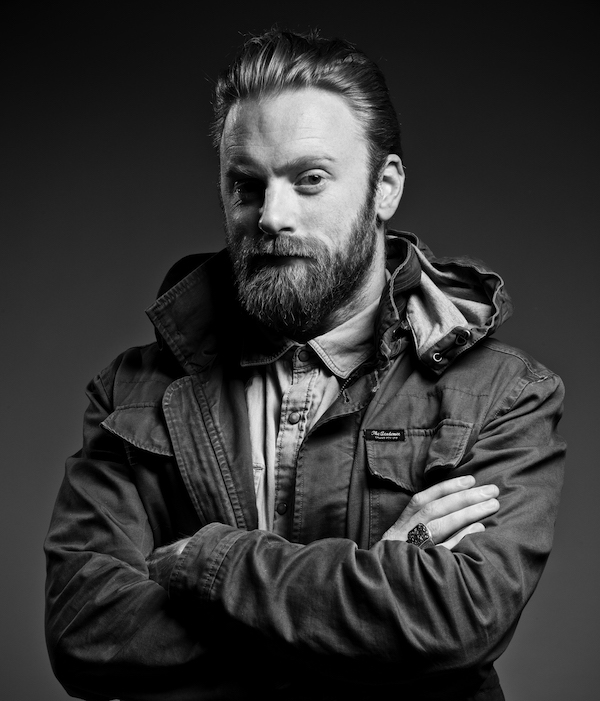
Alexander Boynes. Image supplied.
Alexander Boynes, Curator, Canberra Contemporary Art Space (ACT)
‘Things in the Australian art world are never going to be the same after COVID, and nor should they be. The arts sector has been on its knees for well over a decade, with continual funding cuts and the undermining of cultural values by successive state and federal governments pushing many to the brink, and sadly for some, it was the last straw.
‘The arts sector is expected to be a shining beacon of hope to get us through the dark times, and free for all when society recovers. How this happens will be close to a miracle.
‘The way arts organisations such as Canberra Contemporary Art Space operate is going to be dramatically different. Our skeleton crew of arts professionals must now dedicate already stressed curatorial and administrative time to maintaining government guidelines, like sanitising and keeping visitor registers.
‘Another concern is the increased cost of arts degrees, which will flow-on to the greater arts sector in a year or two, resulting in a decline in the quality and number of graduates. Also, the NGA is sadly shedding dozens of jobs to save $3.2M, while the Australian War Memorial proceeds with a $500M expansion.
‘During lockdown the contemporary arts community has become fractured and disconnected, with visual artists alone seeming to split into three factions: screen-based content to counteract our current physical limitations (which is primarily unsaleable, and by now most people are over-saturated with screen-time); highly decorative ‘quirky’ artwork specifically designed for the luxury market, or as decoration in architecture (what a lot of commercial galleries are surviving on, aimed to impress Instagram ‘Influencers’); and work which offers an opinion about the times we are living in (which most galleries are uneasy about exhibiting due to funding concerns over political commentary on the Black Lives Matter movement, Climate Change, Human Rights etc., and is probably less saleable).
‘Without serious and swift funding reform – stemming from a shift in political priorities – the arts, and everyone working in the sector, has no security and no avenue to provide a vital service to the community.
‘Normality is not returning soon, but the art world is busting to welcome everyone again, and artistic compassion, empathy and sheer creativity ensures that we will always come up with weird and fantastic solutions to the world’s shittiest problems.’
CCAS will reopen at its new venue in September, health regulations willing.

